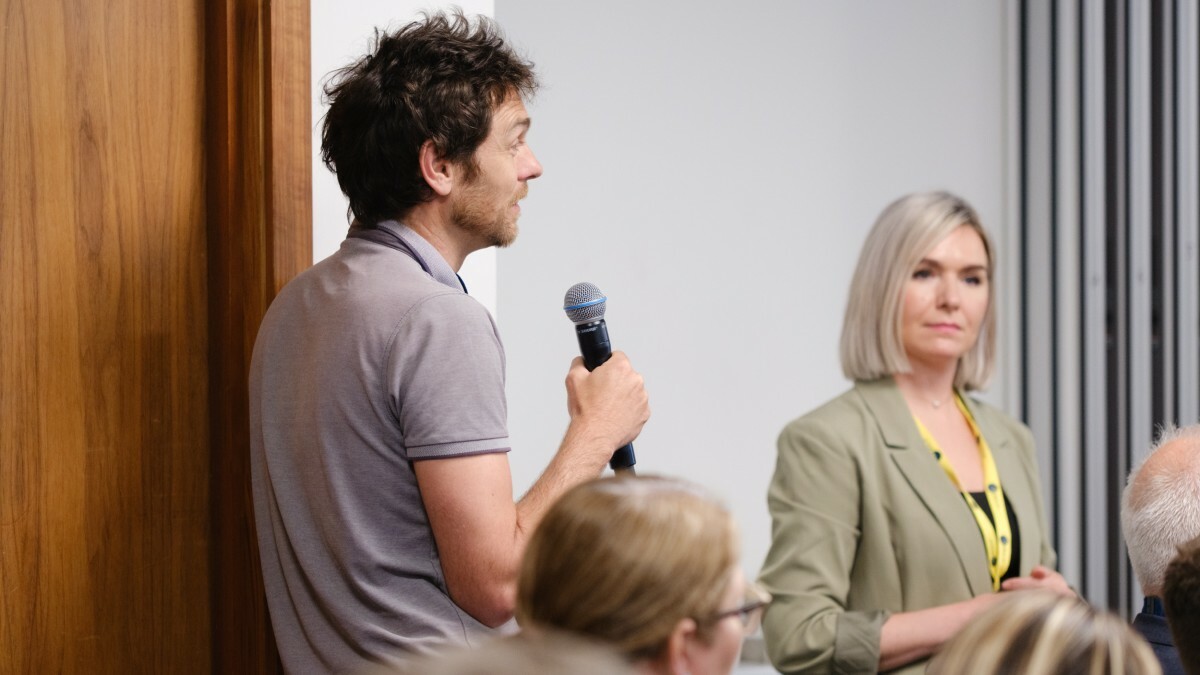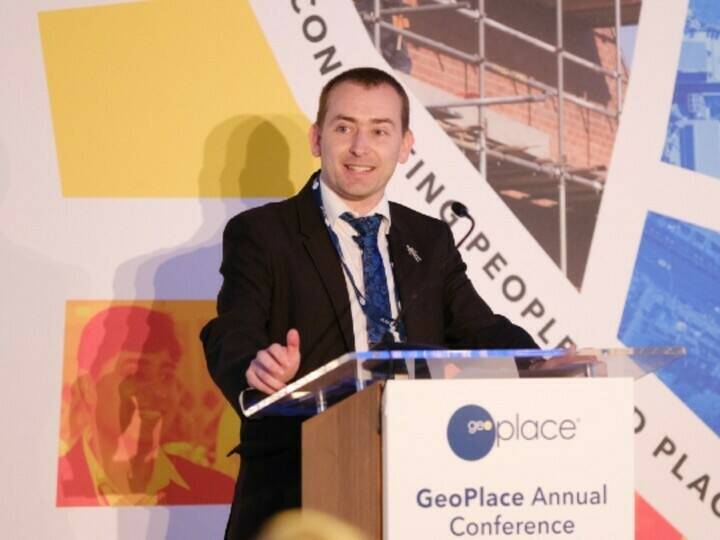This pivotal session convened key players from across the addressing landscape to confront a growing set of shared challenges.
Recordings of the 2025 conference talks can be found here
SPEAKERS:
- Chaired by Nick Chapallaz, Managing Director, GeoPlace
- Holly Westwood, Local Authority Liaison Manager: Change Intelligence Lead, GeoPlace
Panel discussion with:
- Rachel Antcliffe, Principal LLPG Officer, Leeds City Council
- Ian Evans, Head of Address Management Unit, Royal Mail
- Stuart Andrews, Interim Head of Data Architecture, Information, Data & Analysis, Strategy & Transformation Group, Valuation Office Agency
Framed as a discussion rather than a panel, the session featured representatives from Royal Mail (Ian Evans), the Valuation Office Agency (Stuart Andrews), and Leeds City Council (Rachel Antcliffe), with moderation by Nick Chapallaz and introduced by Holly Westwood of GeoPlace. The aim was clear: to improve cross-sector alignment in how addresses are created, maintained, validated, and used.
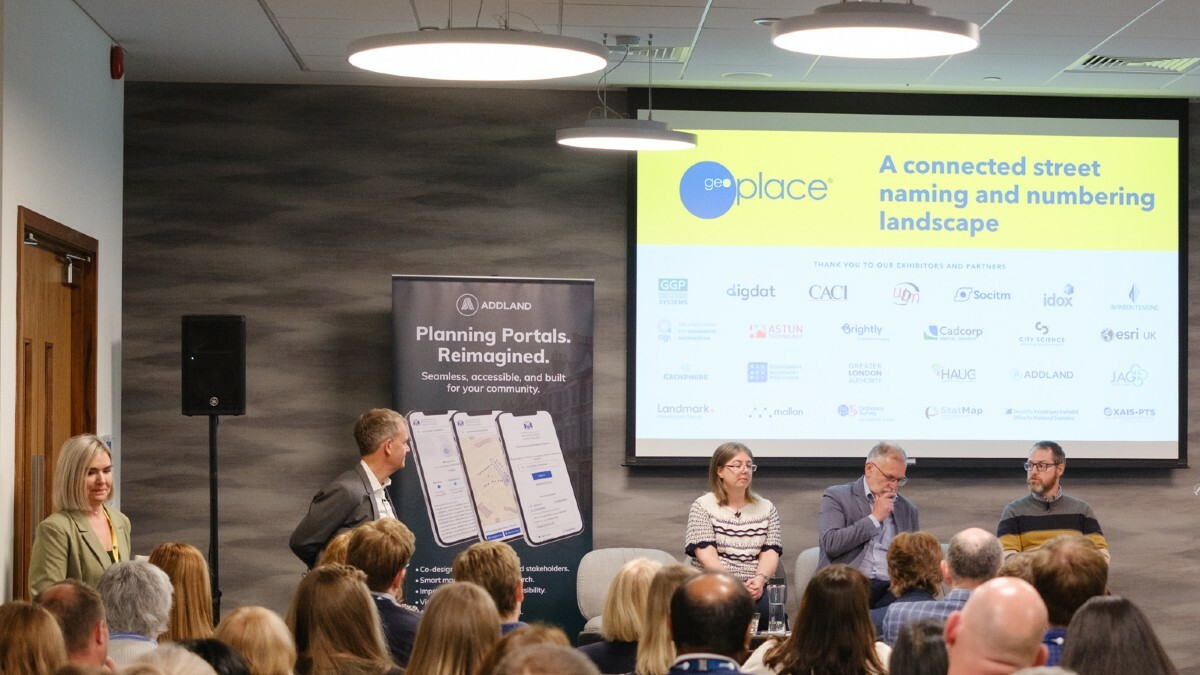
The session emerged in response to recurring concerns from the street naming and numbering (SNN) and Local Land and Property Gazetteer (LLPG) communities. Rather than offering individual presentations, the organisers opted for a collaborative forum, encouraging open discussion and direct contributions from the room. This format allowed not only for transparency but for the co-production of a forward plan—capturing ideas for future change and improvement.
The focus was practical and forward-looking: to reduce duplication, improve clarity around UPRNs and PAF, streamline processes across organisations, and better serve residents and service users.
Misaligned address creation across systems
A central problem raised by Rachel Antcliffe was the inconsistency between official SNN records and Royal Mail’s Postcode Address File (PAF). In particular, she highlighted the difficulties caused when new or modified properties—such as garden builds, are added to PAF without prior consultation with SNN officers; and where requests are made in error for a postcode for non-postal properties, such as agricultural barns, or garages repurposed for EV charging, to facilitate Utility connections. This results in mismatched records, lack of official recognition, and barriers for services that rely on authoritative address data.
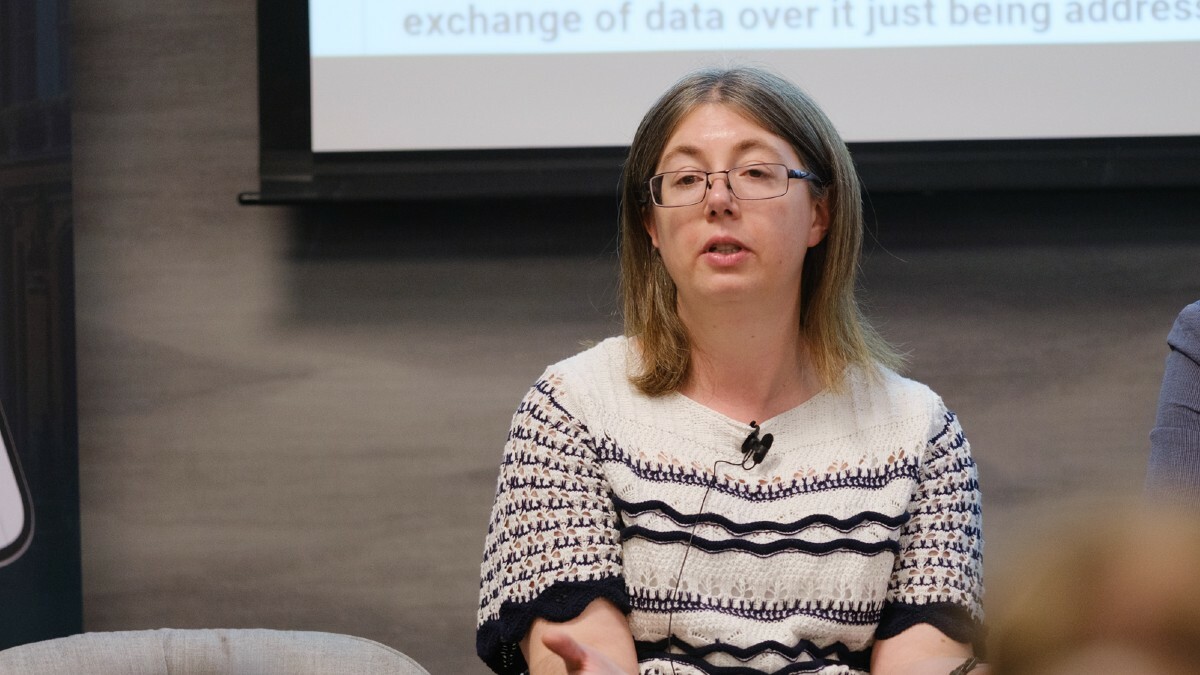
Stuart Andrews echoed these concerns from a VOA perspective, pointing to the historic complexity of government systems that describe properties in different ways. He acknowledged that the VOA’s own processes had often contributed to inconsistency but described a deliberate shift underway to consume official address data (particularly through the OS Places API) rather than creating records internally.
Ian Evans explained that Royal Mail’s frontline delivery teams often encounter new or informal addresses before any formal notification is made to the council. While they are under statutory obligation to ensure delivery to all UK addresses, this can lead to ‘premature’ PAF entries that bypass SNN protocols . He accepted that this was a long-standing problem and agreed that clearer referral thresholds were needed.
Lack of synchronisation between UPRNs, PA and utility systems
All speakers noted the increasing use of UPRNs by third parties, particularly utility companies. However, this growing reliance has not been matched by a unified understanding of when a UPRN alone is sufficient and when a full PAF-validated postal address is required.
Rachel Antcliffe highlighted multiple cases where residents or businesses had been caught in administrative limbo—rejected by broadband providers or utility firms because an outbuilding lacked a postcode, despite having a UPRN. The problem often arises because internal policies differ not only between organisations, but within them, especially when different teams (LLPG vs. SNN) are involved.
Stuart Andrews pointed out that the VOA had historically been one of the contributors to this inconsistency. However, he detailed how new systems have been built to prioritise the OS Places API for address search and retrieval. The goal, he explained, is to ensure the VOA becomes a consumer—not a creator—of official address data, even though edge cases may still require some local generation.
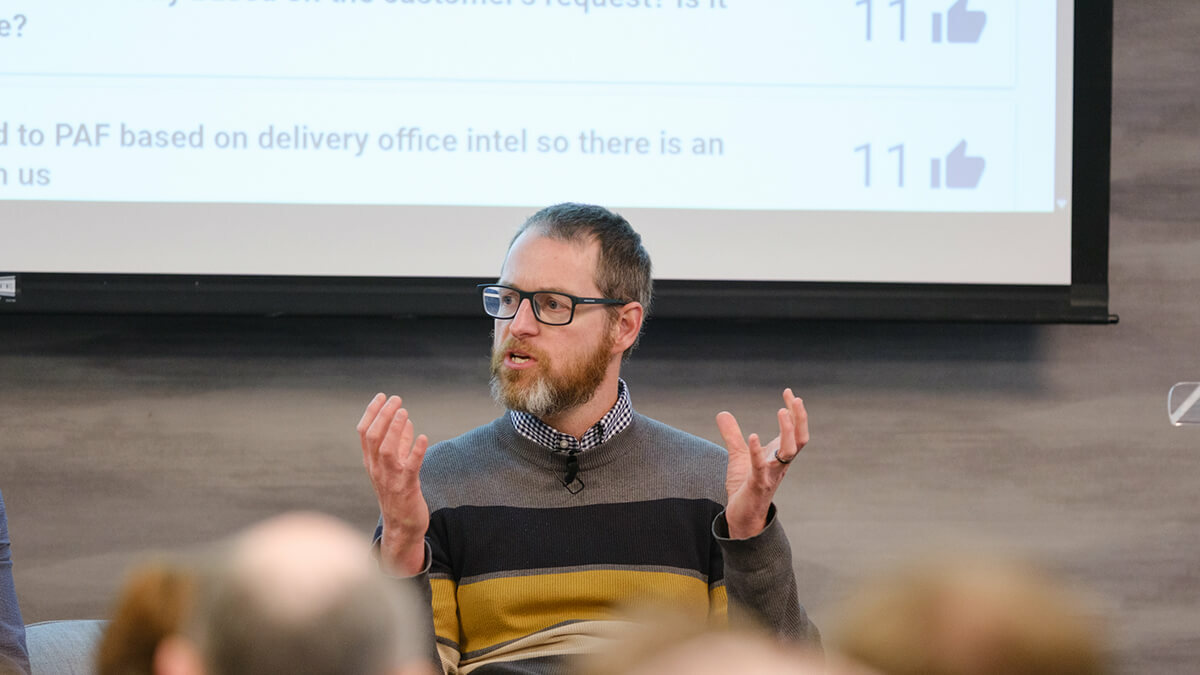
Delays, duplicates and service gaps from Royal Mail CRM Changes
Ian gave an open and frank assessment of service, noting disruption through a CRM system change at Royal Mail. The new software, rolled out across customer services, had caused significant delays to queries from the SN&N community for which he apologised.
Beyond the new CRM system, Evans also acknowledged that RM’s CRM system treats follow-up enquiries on a par with new ones and the AMU recognises that this causes frustration and delays for SN&N queries. He stated that the AMU is committed to trying to resolve this process issue, as well as working more closely with local authorities going forward.
Inconsistent internal practice within local authorities
Rachel Antcliffe emphasised that many of the problems are not solely inter-organisational. Within local authorities themselves, there is often misalignment between SNN officers and LLPG custodians. This has led to cases where billing teams request address changes that contradict officially issued records. The result is not only confusion but a breakdown of data integrity across systems used by emergency services, utilities, and national agencies.
Rachel stressed the need for better cooperation between internal teams and called for greater training and awareness—particularly around candidate records and the lifecycle of UPRNs.
Seed addresses and matching difficulties
Several participants raised concerns about ‘seed addresses’ used within Royal Mail’s PAF data. By there very nature, LLPG teams are unable to verify them, wasting time and raising the risk of real addresses going unrecognised.
Ian confirmed this was an issue and that Royal Mail, GeoPlace, and Ordnance Survey were actively working on ways to suppress them from the address matching process, as it was certainly not Royal Mail’s intention to create unnecessary workload for address custodians.
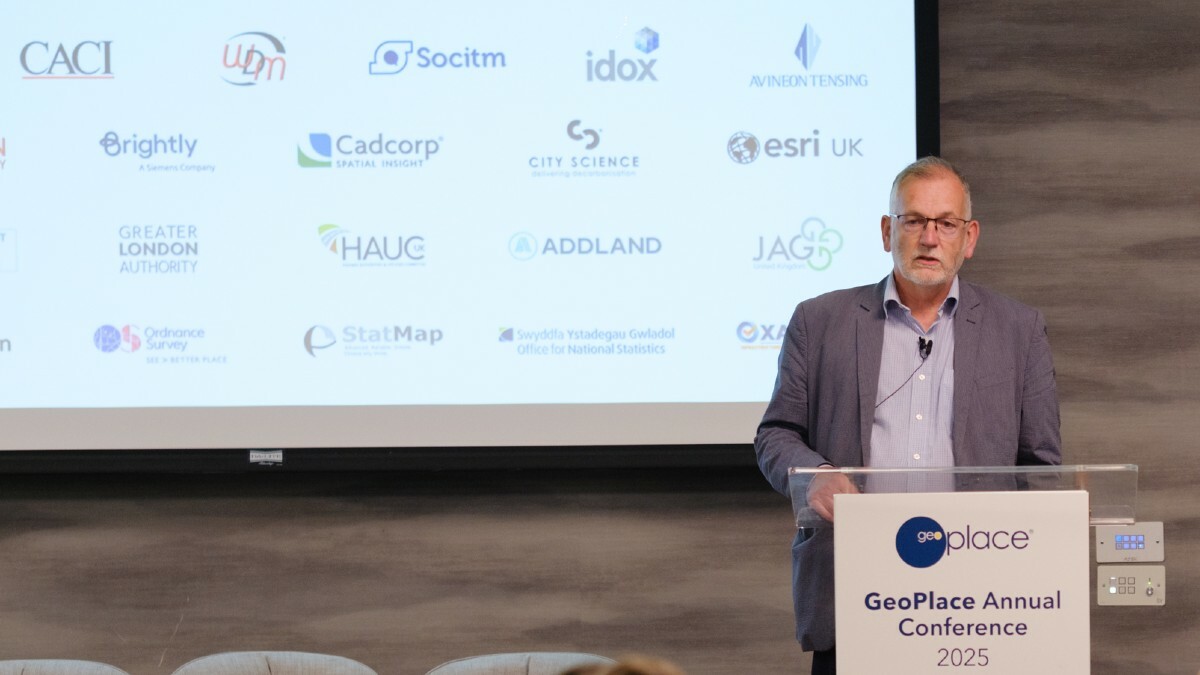
Emerging solutions
Throughout the session, several very constructive proposals were put forward:
- Time-limited referral model: Royal Mail looked to the benefits of a referral protocol for new address sightings by delivery staff. Royal Mail should always aim to share these with the relevant SNN team, but if the addressing cannot be resolved within a set timeframe, Royal Mail might proceed with PAF addition, and notifiying the local authority of such. This would help Royal Mail meet their regulatory obligations while still working collaboratively with SN&N teams.
- Candidate process as a standard entry point: The VOA outlined its interest in using the candidate process (via the LLPG) more systematically—submitting proposed records for confirmation rather than acting unilaterally. Rachel cautioned that many SNN officers may be unaware of the process, calling for better education and internal communication.
- Shared notification system via GeoPlace: There was strong support for a shared dashboard or notification tool—managed by GeoPlace—that could act as a central hub for early-stage address sightings. This would reduce duplication of effort, prevent circumvention of official processes, and allow multiple parties (Royal Mail, VOA, utilities) to flag concerns without relying on ad hoc contact.
- Real-time address data consumption: VOA expressed growing interest in consuming address data through OS Places API to minimise delay. Stuart noted this has already been implemented for VOA’s Council Tax workflow, with further roll-out planned for NDR. There was broad consensus that pushing toward near-real-time data access is now achievable and desirable.
The session concluded with an agreement to build on this momentum. Rachel confirmed ACE (Authority Contacts Executive) would continue coordination discussions with Royal Mail and the VOA, and that a new working group would be established to guide next steps. She also called for the inclusion of utility providers such as Openreach and metering firms in future sessions—acknowledging that addressing now impacts a wider range of actors than ever before.
Stuart Andrews underlined the need to turn discussion into delivery: to align on a shared objective and accept that strategic change takes time—but must be grounded in immediate, practical actions.
Ian Evans closed by restating his commitment to rebuilding trust with the local authority community, acknowledging not just the technical failings of recent weeks but the deeper operational frustrations that had been expressed. He welcomed the opportunity to engage more directly and called for a more structured route to receive consolidated feedback from across the SNN network.
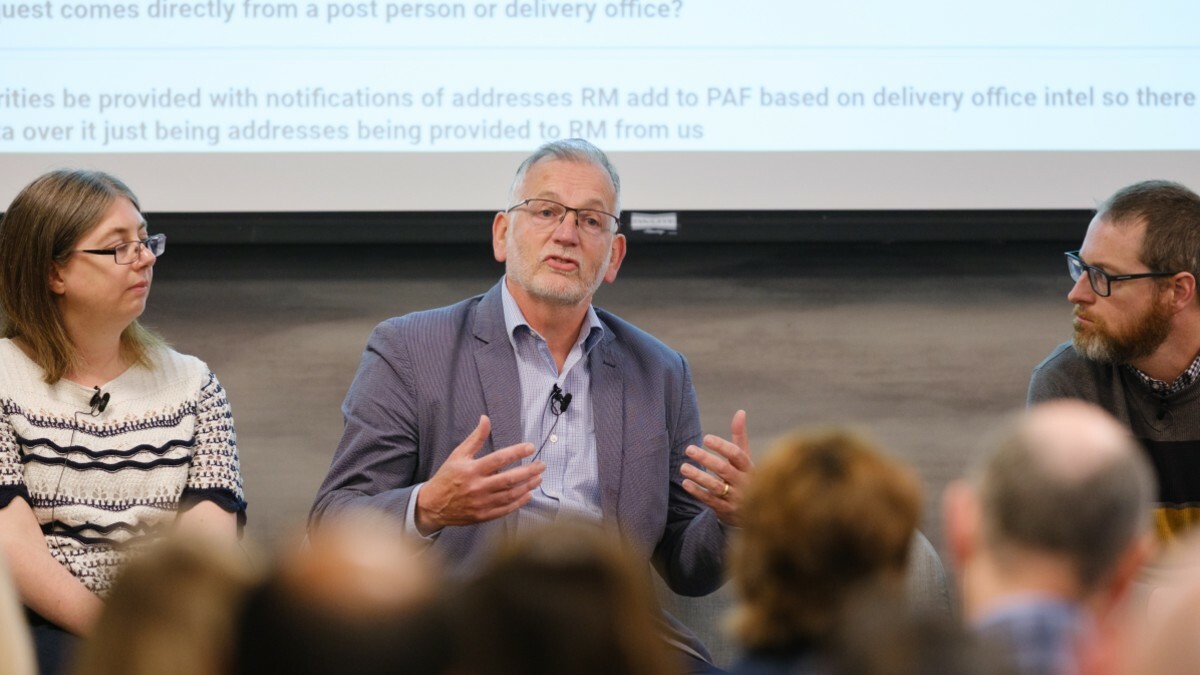
Final reflections
What began as a community conversation quickly evolved into a coordinated assessment of the UK’s address management system—with recognition that the challenges are shared, not isolated.
For residents, emergency services, planners, and delivery staff, the reliability of address data underpins everything from safety to connectivity. The conversation at GeoPlace 2025 made clear that the path to better addresses lies not just in technology or policy—but in committed, collaborative process improvement.
